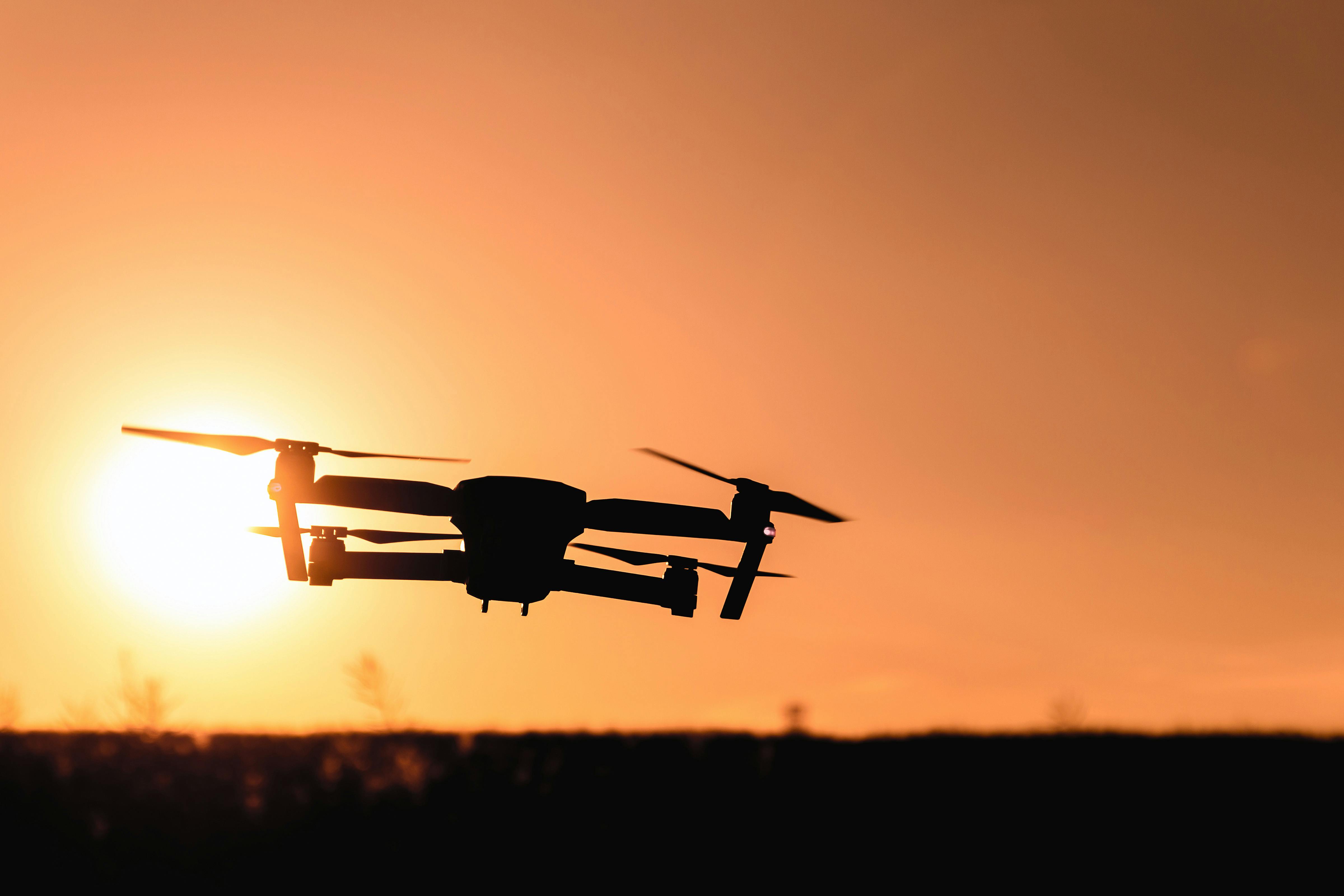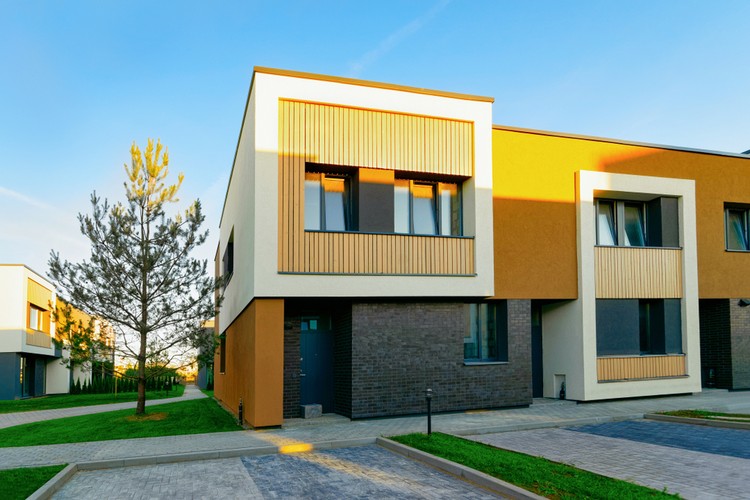Rethinking Performance: The Ascendancy of Drone Theater
Introduction: In the realm of performance art, a new trend is taking flight—literally. Drone Theater, the incorporation of drones into theatrical performances, challenges traditional notions of stagecraft and opens up thrilling possibilities. This article explores the evolution, significance, and future of this innovative artistic movement.

A Look into the Past: Origins of Drone Theater
The use of drones in theater can be traced back to the advent of unmanned aerial vehicles (UAVs). The technology, initially developed for military purposes, was soon appropriated by various industries, including entertainment. Filmmakers were among the first to incorporate drones, using them to capture sweeping aerial shots and amplify visual storytelling.
The theater industry, known for its innovative and adaptive nature, also caught on to the potential of drones. The first recorded use was in a 2014 production by the Japanese dance troupe Elevenplay, where drones were synchronized with dancers in a captivating display of man-machine interaction. The idea was revolutionary, opening up avenues for a new form of theatrical expression.
The Present State: Drone Theater in Today’s World
Today, drone theater has evolved into a multifaceted artistic movement. Drones are no longer mere props but have become performers, intricately choreographed and programmed to execute complex movements. They have transformed the stage into a three-dimensional canvas, expanding the spatial possibilities for storytelling.
Shows like Cirque du Soleil’s “SPARKED” and the Royal Shakespeare Company’s “The Tempest” have showcased the potential of drone theater to mainstream audiences. These productions are lauded for their innovative staging and the seamless integration of technology and human performance.
The Impact: Significance and Reception of Drone Theater
Drone theater has not only redefined stagecraft but also provoked discussions about the intersection of technology and art. It challenges the traditional notion of a performer and blurs the line between the organic and the mechanical.
Critics have lauded drone theater for its innovation and spectacle. However, some also express concern about the potential for technology to overshadow human performance. Despite these debates, the audience reception has largely been positive, with many enthralled by the novelty and visual impact of flying drones.
Behind the Scenes: The Complexities of Drone Theater
Despite its seemingly effortless execution, drone theater requires a significant amount of technical expertise. Each drone must be meticulously programmed and tested, and the coordination between drones and human performers demands precision and extensive rehearsal. Safety is also a paramount concern, with strict measures in place to prevent accidents.
Looking Ahead: The Future of Drone Theater
As technology continues to advance, the possibilities for drone theater are limitless. Virtual reality and artificial intelligence could further enhance the immersive experience, creating a form of theater that is truly groundbreaking.
While there are challenges—regulatory hurdles, safety concerns, and ethical debates—the potential of drone theater to redefine theatrical expression is undeniable. As audiences increasingly seek innovative and immersive experiences, this new form of theater is set to soar to new heights.
In conclusion, drone theater exemplifies the dynamic intersection of art and technology, pushing the boundaries of traditional performance and offering audiences a fresh and exciting experience. It underscores the limitless potential of creative expression, proving that in the world of theater, the sky is truly the limit.






